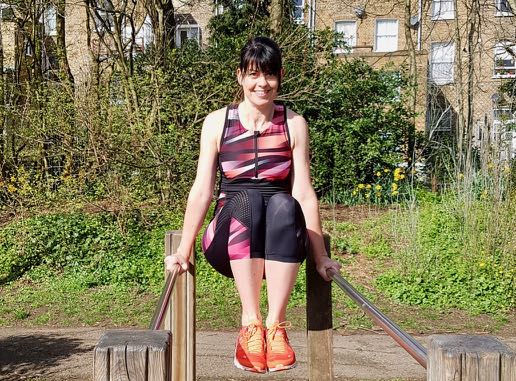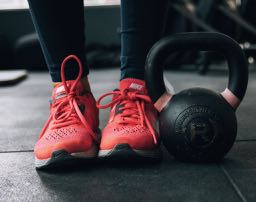Could High Intensity Triathlon Training be for you?
If you take classes at the gym or have paid attention to the fitness world over the past several years, you’ve probably heard of HIIT. But what is HIIT and how does it apply to you as a triathlete-in-training?
HIIT, short for high-intensity interval (or intermittent) training, is a training programme that incorporates high to very high levels of effort, mixed with short rest or easy recovery intervals. Though it’s been around since the 1970s, HIIT has recently gained greater popularity in the fitness community because it often equates to better fitness and higher levels of weight loss, in less time. As written in an article in Shape magazine, ‘When it comes to HIIT, less might actually be more. Squat jumps for joy.’

Of course, as with all training styles, HIIT is not for everyone. To get real results from a HIIT workout, you have to work hard (80-90% of maximum heart rate, which can feel like 100% effort). Working that hard, especially if training on your own, requires a lot of stamina- psychological stamina that is.
But if time is of the essence (as it is for most people) and injury is a concern (as it is for most triathletes), could HITT (High Intensity Triathlon Training!) be for you? And does it work in a sport commonly know to emphasise quantity sessions, sometimes at the sake of quality?
The answer is yes. Studies (and anecdotal evidence) are proving that shorter workouts, performed at greater intensity, could equal faster race times and less injury. This is useful throughout the season, not just during the speed phase of triathlon periodisation. And you can have a life outside of triathlon- a win-win! Save time and achieve your goals with HITT!
Obviously, the time-saving benefits are greater for an iron-distance triathlete (some training less than 10 hours* a week, as opposed to the legendary 20+ at peak) than for a sprint-distance triathlete. However, even when training for a sprint triathlon, doing speed work makes sense and the speed gains from HITT could lead to fast race times with less training!
So how do you incorporate high intensity triathlon training into your training regime?
We’ve got seven suggestions for workouts that you can incorporate into your overall training plan, as well as HIIT tips to keep you training happy and injury-free:
HIIT Session One, Run: HIIT Started– an intro to HIIT plus a track session to fire up your speed
HIIT Session Two, Swim: Speedy Swim Set– pool power!
HIIT Session Three, Bike: Tabata Bike Session– a quicker way to get quick!
HIIT Session Four, Strength: Oregon Circuits– intense all-around workout for strength & speed!
HIIT Session Five, Run: Hill HITT!
HIIT Session Six, Swim: Swim Sprinting and Kicking
HIIT Session Seven, Bike: Adapted ‘Miracle Intervals’, inspired by Olympic coach, Gale Bernhardt
These sessions will help you get to the finish line in less time – both in your training, and on the race course!
Happy Training!
* An article in Triathlete magazine, posted by British Triathlon, talks about the virtues of low-volume, high-intensity training for triathletes. Triathlete Eric Wheeler, who achieved a sub-10 hour Ironman after training less than 10 hours a week said: “I didn’t think I could ever go long due to time constraints and family obligations. That approach was a game changer for me.”
